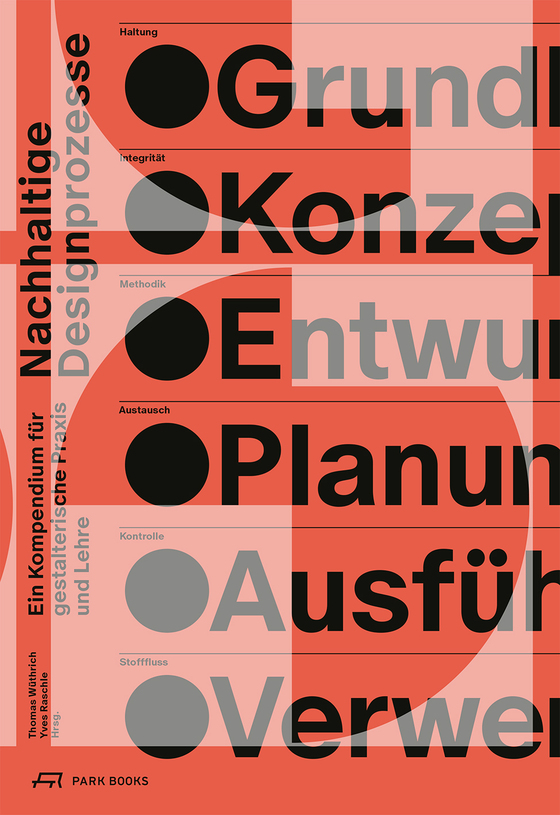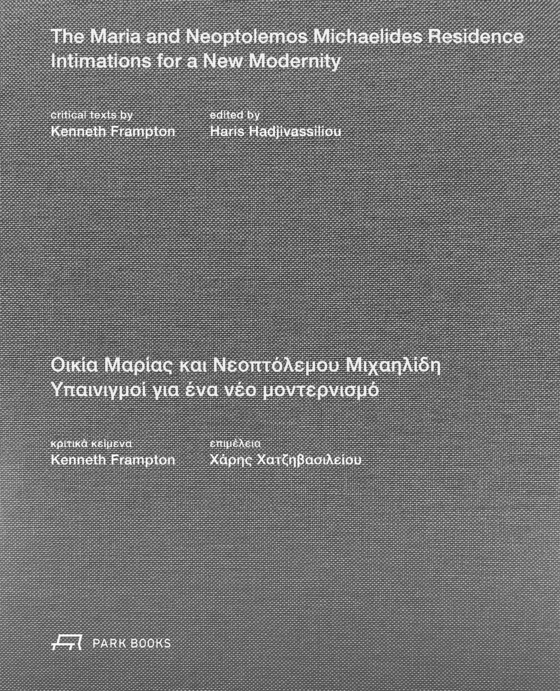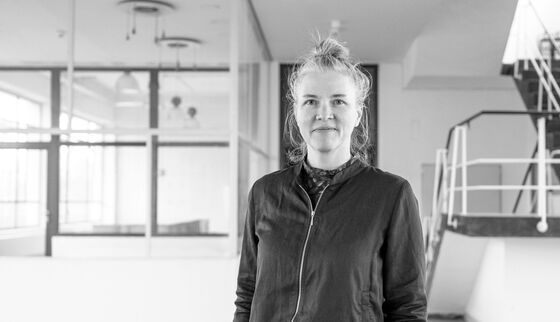Nachhaltige Designprozesse
Leitfaden für die gestalterische Praxis und Lehre

Anders als in klar strukturierten Fachgebieten wie der Architektur und dem Bauwesen gibt es im sehr breit gefächerten Berufsfeld Design kaum vereinheitlichte Prozessabläufe. Entsprechend gross ist die Herausforderung, Nachhaltigkeitskriterien systematisch in die Arbeitsprozesse der äusserst diversen
Buch, Thomas Wüthrich, Yves Raschle, 23.12.2025

